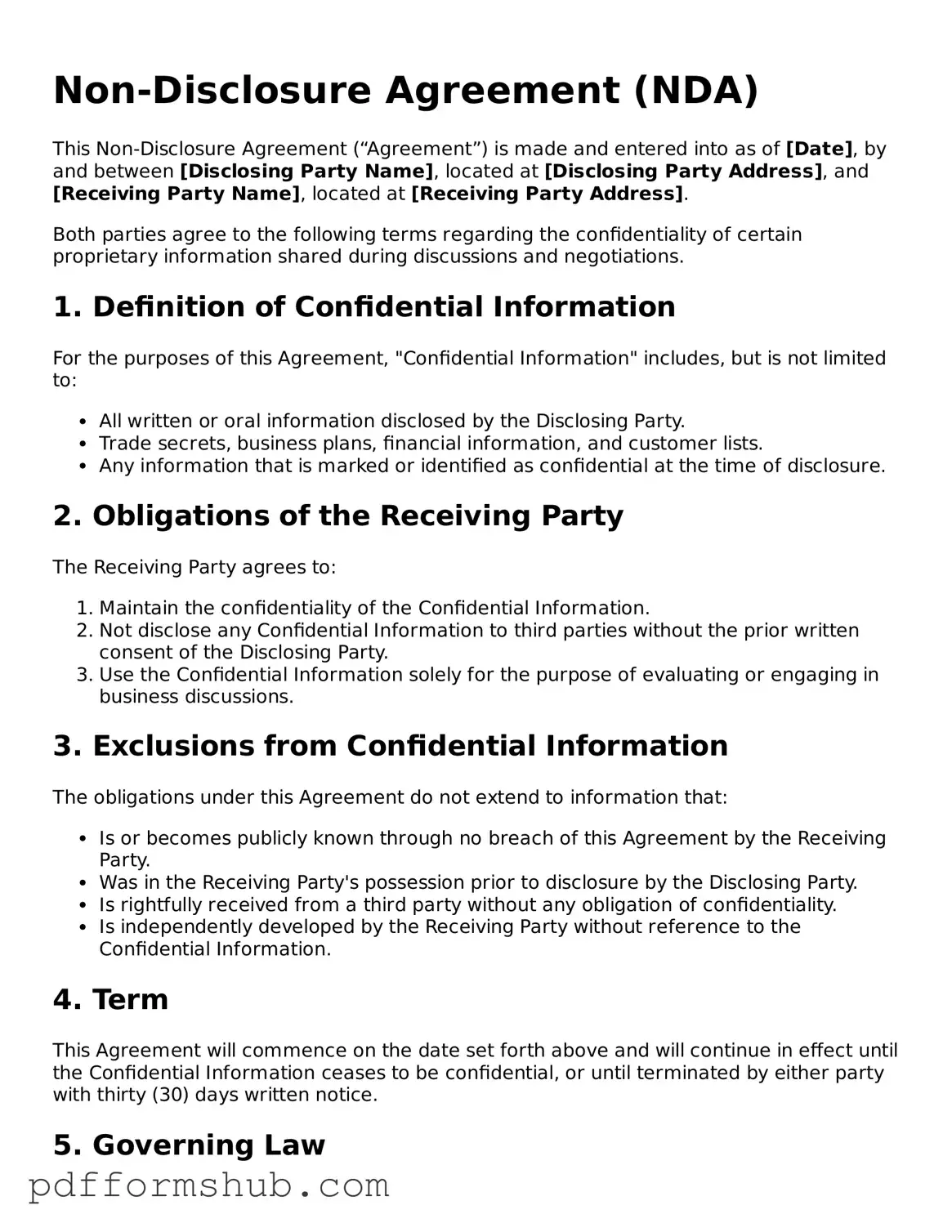In today’s fast-paced business environment, protecting sensitive information is more crucial than ever. A Non-disclosure Agreement (NDA) serves as a vital tool for individuals and companies alike, helping to safeguard proprietary information from being disclosed to unauthorized parties. This legally binding contract outlines the obligations of the parties involved, specifying what information is considered confidential and the duration of the confidentiality obligation. Typically, an NDA will include clauses that define the scope of the information covered, the responsibilities of each party regarding that information, and the consequences of any breach. Whether you're a startup sharing trade secrets with potential investors or an employee handling sensitive data, understanding the key components of an NDA can help you navigate the complexities of confidentiality in business relationships. By establishing clear terms, an NDA not only fosters trust but also provides a framework for legal recourse should any disputes arise over the misuse of confidential information.
